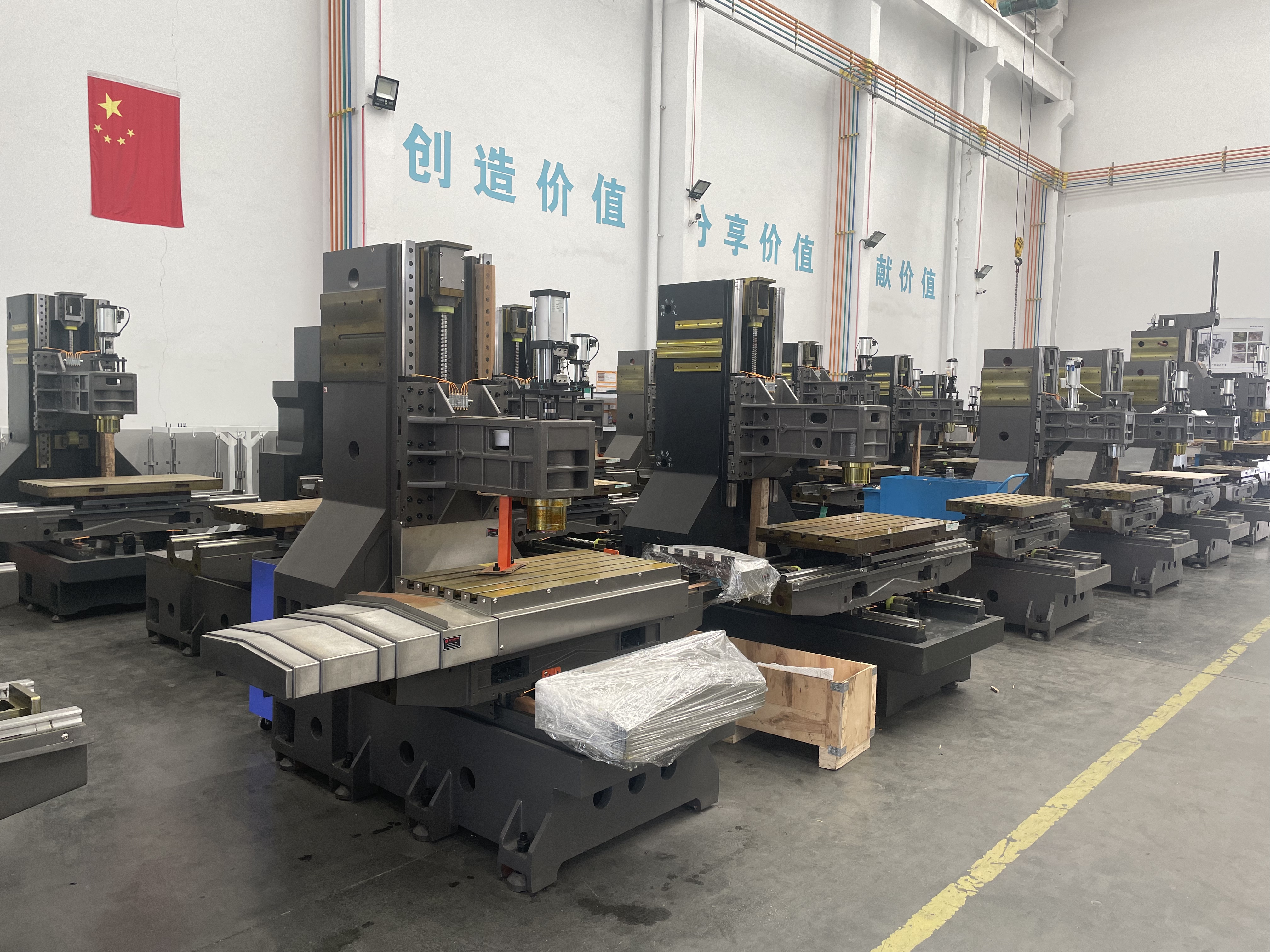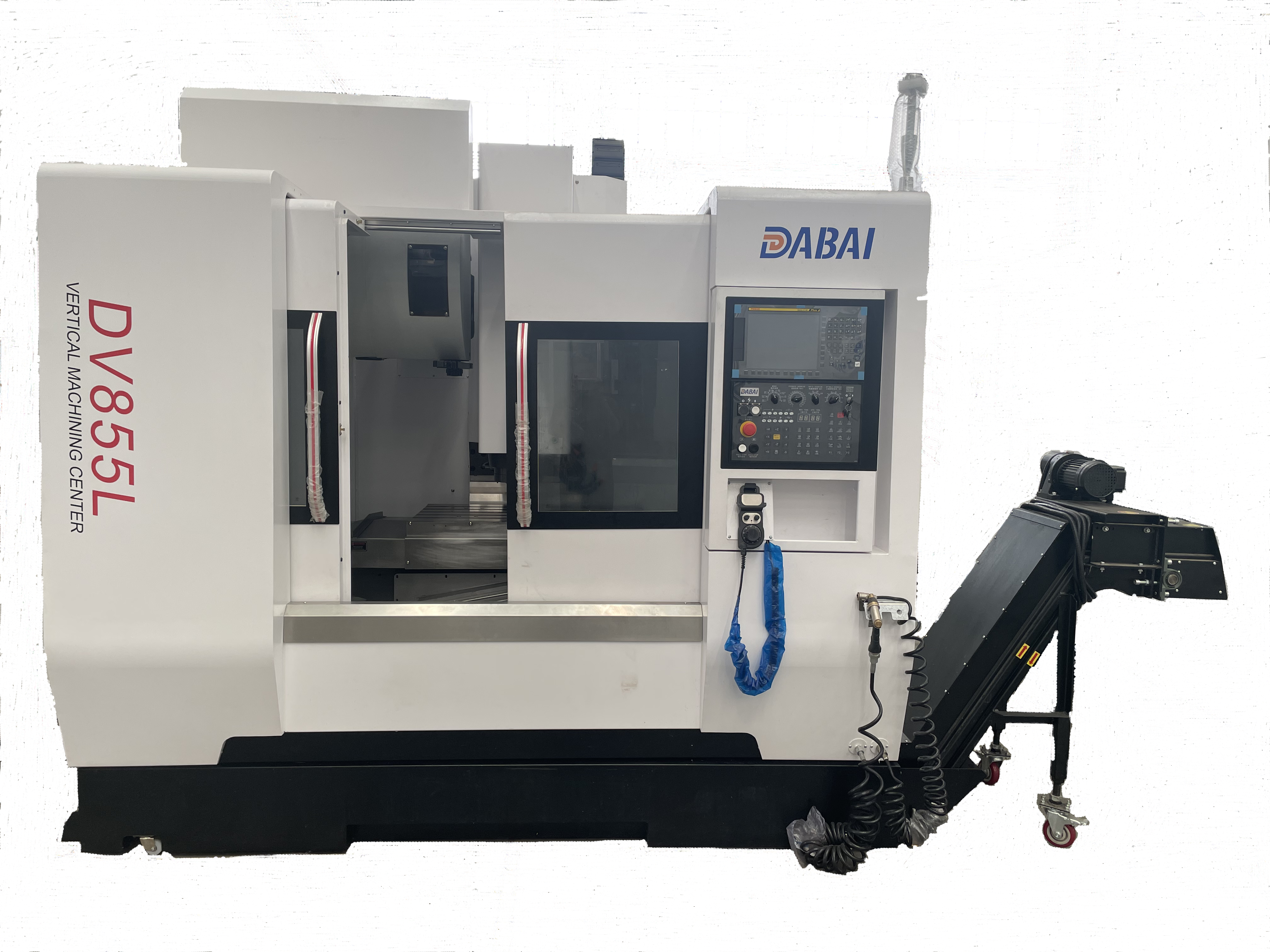The rough surface of parts is one of the common problems of CNC machining centers, which directly reflects the machining quality.
In order to control the surface roughness of parts, we must first deeply analyze the causes of surface roughness, mainly including:
Tool marks caused during milling;
Heat deformation or plastic deformation caused by cutting separation;
Friction between the tool and the machining surface.

When selecting the surface roughness of the workpiece, it should not only meet the surface function requirements of the parts, but also consider economic rationality.
Under the premise of meeting the cutting function, a larger surface roughness reference value should be used as much as possible to reduce production costs.
As the executor of the cutting center, the tool should pay attention to daily maintenance and timely grinding to avoid unqualified surface roughness caused by blunt tools.
www.dabaicnc.com



